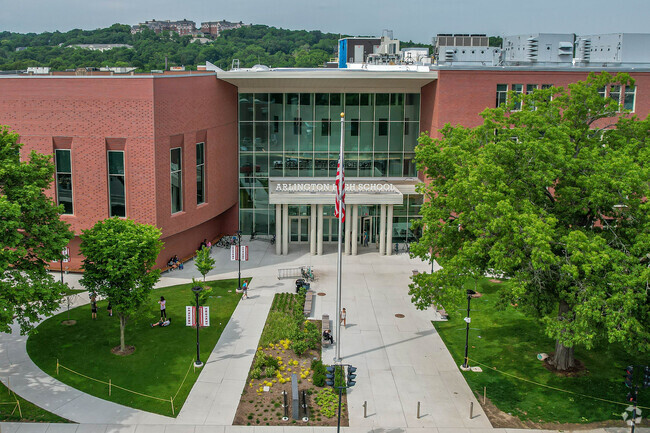Right to Repair Bill Passes, as Does Ranked-Choice Voting in MA State Election
January 12, 2021
There have been few times throughout US history that have invoked as much uncertainty and confusion as the 2020 presidential election. One example of a chaotic election in the past was the 1876 race between Samuel Tiden and Rutherford B Hayes, where voters waited weeks before the results of the elections were revealed. This year, voters shared a similar experience, as the results of the state ballot questions were overshadowed by the federal election, and most families were not prepared for the two questions listed on the Massachusetts state ballot.
The first question on the state ballot discussed the right to access auto information while repairing cars. Eight years ago a similar ballot question passed in Massachusetts, an older version of the current proposed law. The old law required car dealers to provide the same onboard data and information as car manufacturers. However, technology has evolved since this old law was passed. Now, 90% of new cars have built-in data-collecting systems that transmit data to automakers remotely but not to independent car dealers. If the ballot question is approved, it will require manufacturers to supply every car manufactured past 2022 with an open-access platform to auto data. This would allow all licensed mechanics to see all of a car’s data. A report by WBUR argues that this bill provides a solution without drawbacks. Under this bill, automated systems can ping your phone or dashboard with an issue that needs fixing. Nothing is stopping you from simply going to a local garage to repair your car. Still, car manufacturers hold an advantage over local dealers because they can offer discounts on their repairs as they are notifying you.
The “Right to Repair” ballot question passed by an overwhelming majority, with nearly 75% of the population in favor.
The second ballot question proposes a new system of voting. This new system is called ranked-choice voting because each voter picks their top three candidates for the election rather than choosing only one candidate. If any of the candidates gain more than 50% of the top-choice votes in the election then they win. If candidates don’t garner over 50% of the first-choice votes, then the candidate with the least votes is eliminated. Then, citizens who voted for the eliminated candidate have their second-choice vote counted in the election. At this point, if no candidate has more than 50% of the votes, then the nominee with the most votes wins. This new voting system is meant to help voters reach middle-ground, and also to give independents and moderates more options. This ranked-choice ballot question did not pass.








